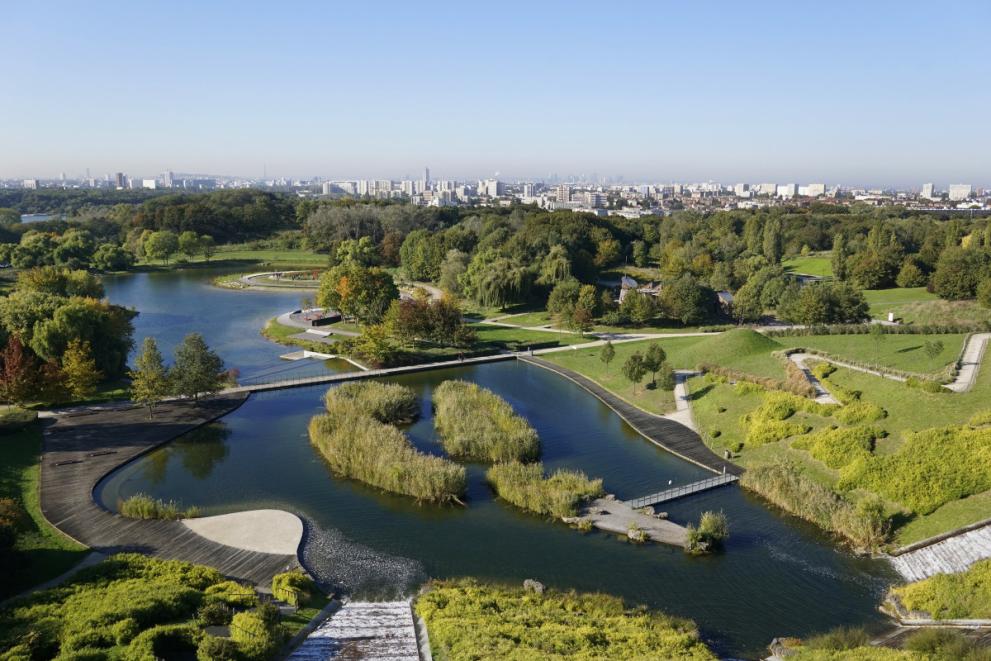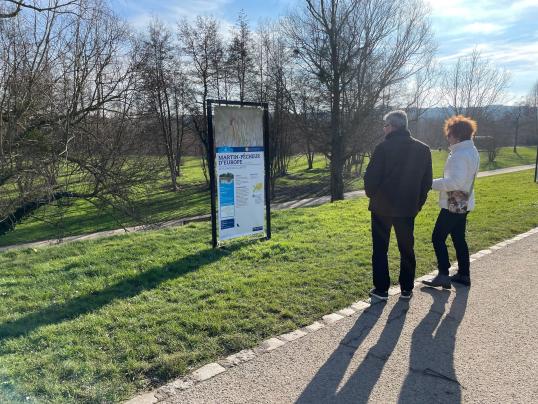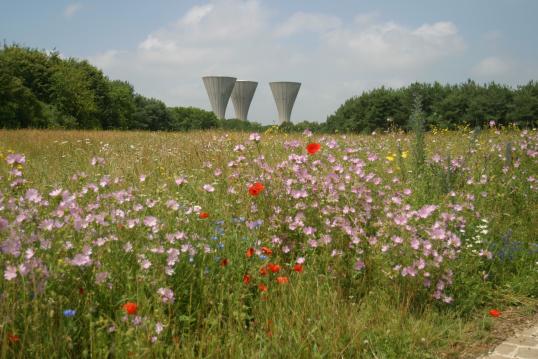
About the finalist
| Lead applicants | Département de la Seine-Saint-Denis |
| Category | Communication |
| Countries involved | France |
| Main Natura 2000 sites | Sites de Seine-Saint-Denis (France) |
| Website | https://ressources.seinesaintdenis.fr/+-Natura-2000-+ |
Overview
Made up of 15 small sub-sites scattered within a dense urban fabric, the ‘Seine-Saint-Denis’ Natura 2000 site welcomes over 10 million visitors every year. On the outskirts of Paris, the site faces unique challenges in ensuring respect for this natural site, whilst at the same time managing public access.
The site is managed by the Department of Seine-Saint Denis in collaboration with specialised associations. Between 2022 and 2023, they carried out a range of educational activities aimed at awareness raising about the site and the species present. These activities included establishing visitor routes through the site, workshops, courses, an exhibition, and a very appealing brochure presenting the Natura 2000 site and the Natura 2000 network as a whole. A Natura 2000 kit, in line with school curricula, has been specifically developed to allow nature educators and pupils to discover the biodiversity of ‘Seine-Saint-Denis’ in the classroom and in the field. Over 15,000 people benefited from these education activities.
Monitoring conducted by the Department of Seine-Saint-Denis has shown a positive evolution of bird populations at the site, in particular, the breeding populations of Little Bittern (Ixobrycus minutus) and Common Tern (Sterna hirundo), both of which are protected at the ‘Seine-Saint-Denis’ site.
These results confirm that the initiative successfully managed visitor pressure, through education, awareness raising and visitor control measures (surveillance, zoning and establishment of quiet zones) to ensure that the significant visitor presence is not a burden to the conservation features of the site.
The integration of eco-guards’ and other staff training activities in the Department's training office, and the recruitment of a professional dedicated to biodiversity knowledge, is testament to the Department’s commitment to ensuring the activities continue in the future. A call for projects has also been put in place to support associations offering educational and awareness activities related to the site’s biodiversity.
Overall, this initiative confirms that, no matter how big the challenge, with careful visitor management, education and information, the co-existence of biodiversity and recreation in urban areas is not only possible, but beneficial to all.
Pictures from the finalist
Videos from the finalist:
Details
- Publication date
- 31 January 2024
- Author
- Directorate-General for Environment





